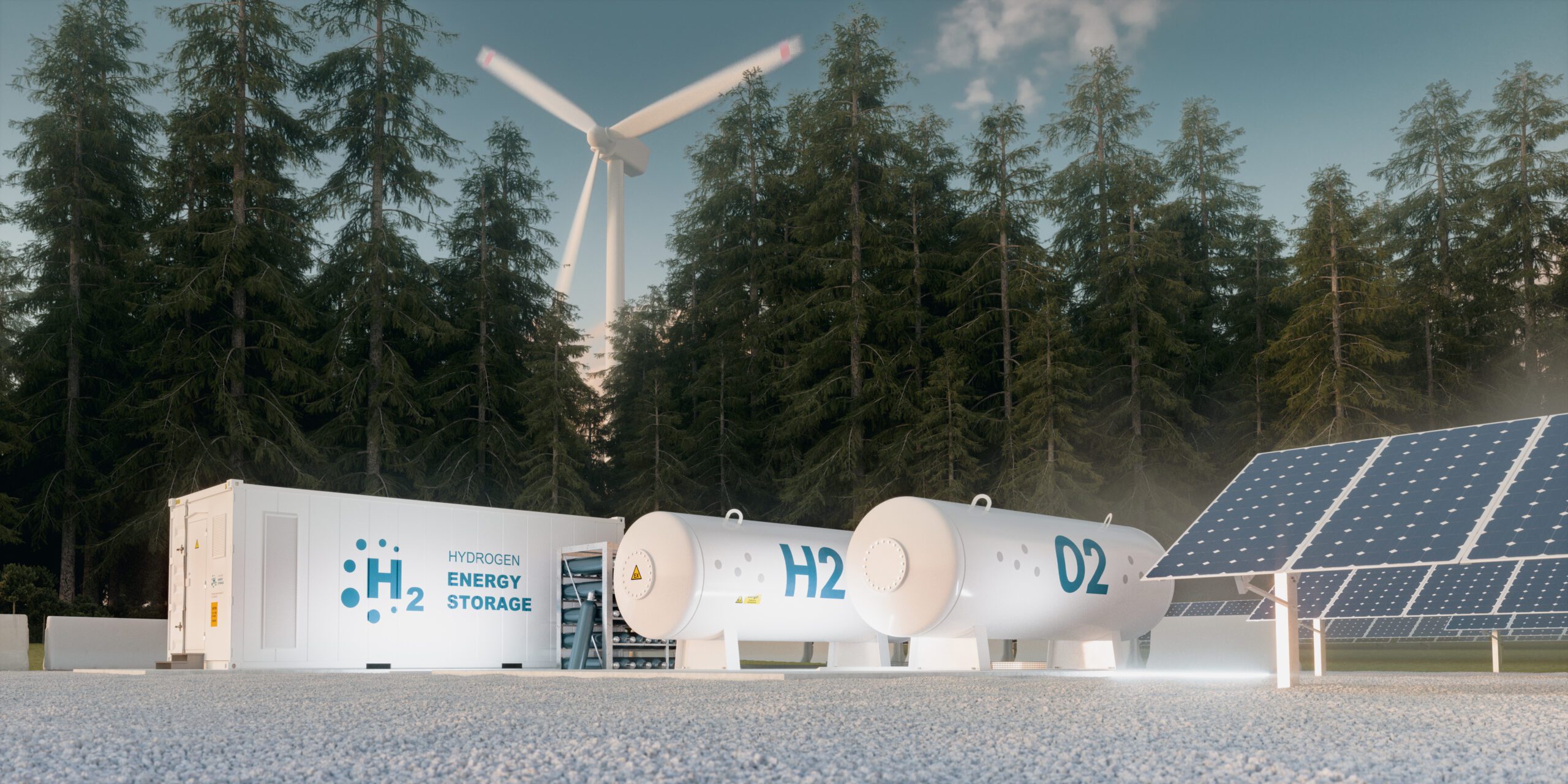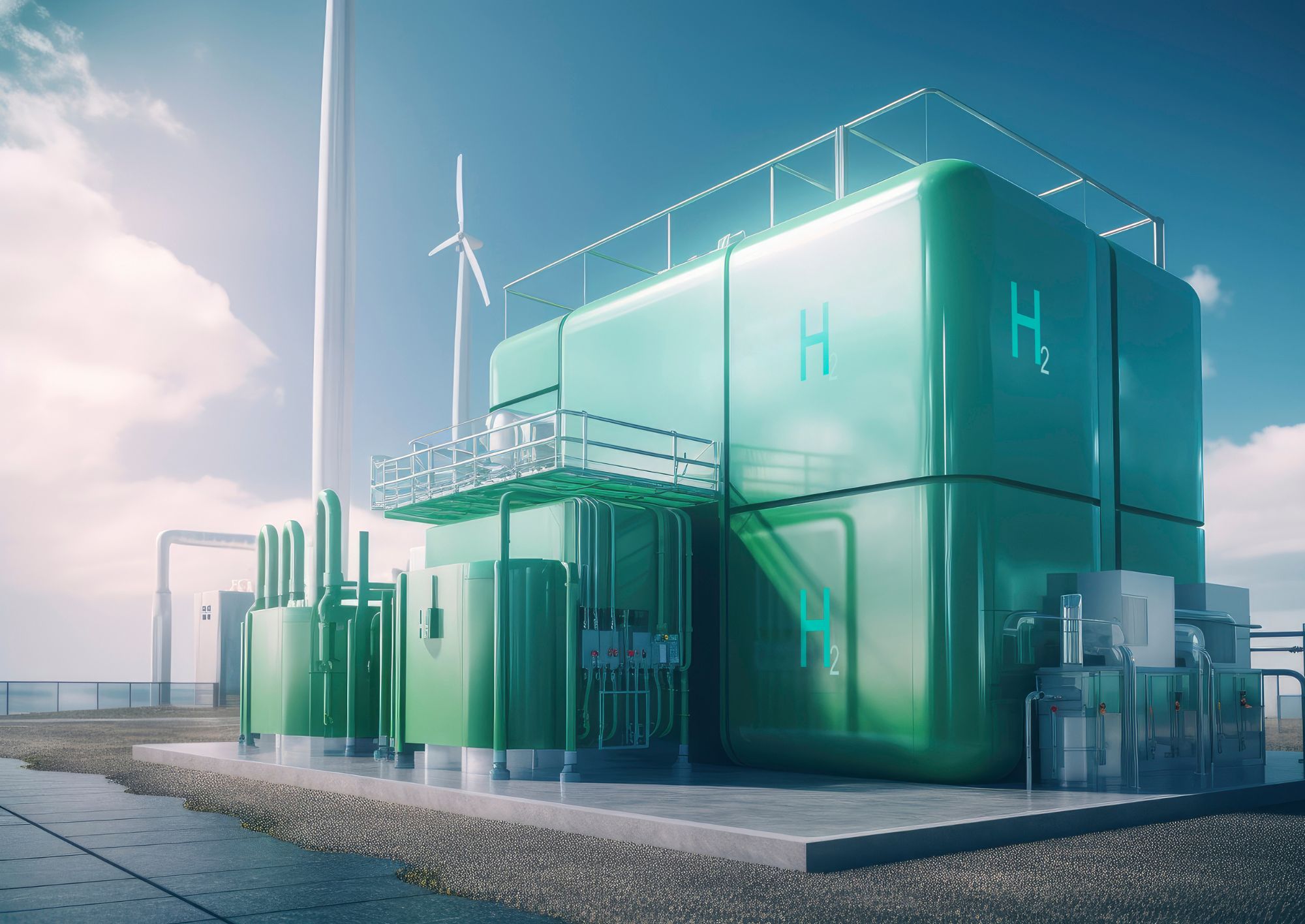Hydrogen has been obtained and used for centuries – its origins date back to the great industrial revolution. Mainly, it is water electrolysis that allows us to obtain this element using green energy from photovoltaic or wind farms. Research on this method is ongoing to increase the efficiency and profitability of the entire process. Success in this area will constitute a real revolution in energy and environmental protection.
Hydrogen is not equal to hydrogen
Hydrogen, as a fuel and energy carrier, has been used for over 200 years. The first hydrogen-powered engine was created in 1807. Over time, other solutions gained popularity, but hydrogen cells were used only to a small extent. The method of obtaining hydrogen itself does not have to be fully ecological. Currently, 96% of this element’s production is based on the use of natural gas. Gas reforming involves exposing the gas to high-temperature steam. The process releases large amounts of carbon dioxide, so it is difficult to call the resulting hydrogen environmentally friendly. This element can also be obtained by coal gasification, but such a solution will still not meet the current requirements of the green energy industry.
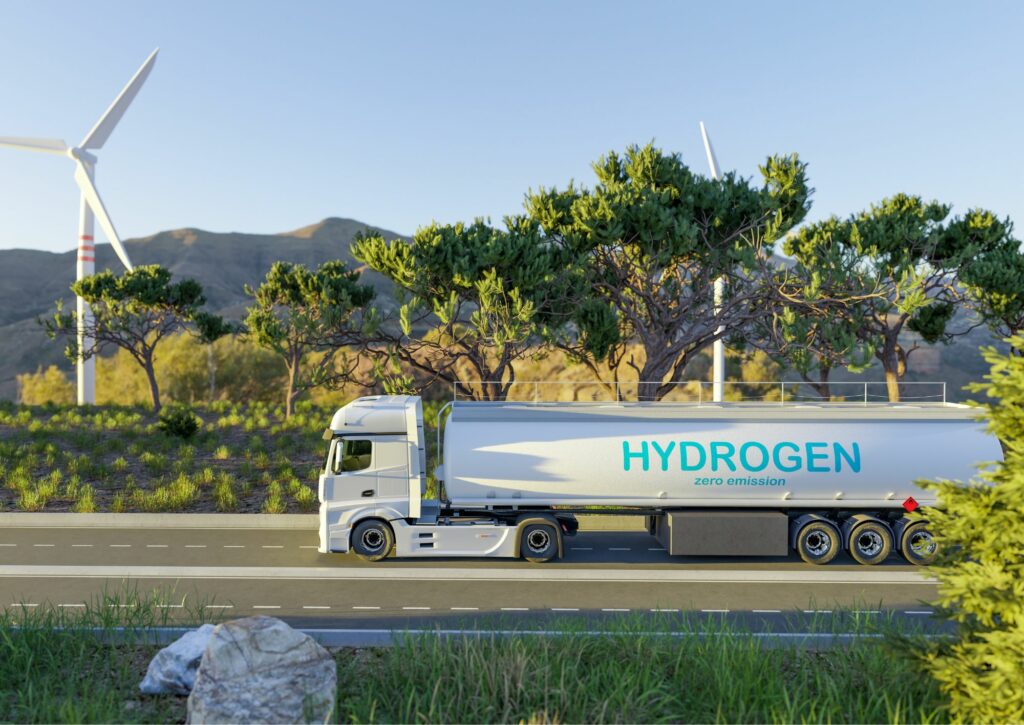
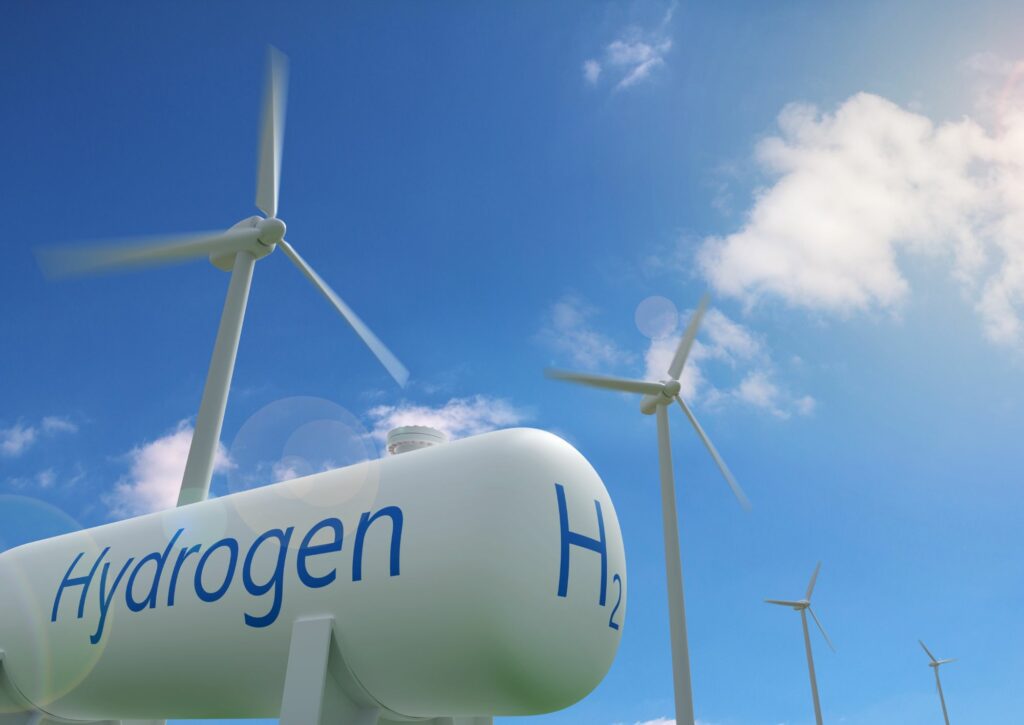
What is green hydrogen?
Currently, the only ecological way to obtain hydrogen is water electrolysis. It involves breaking water molecules into hydrogen and oxygen. This process requires a large amount of external electricity. This can be provided by photovoltaic and wind power plants, thus using other zero-emission sources. The resulting hydrogen is called green because it is completely ecological.
What might be the most important uses for such fuel?
- Drive of motor vehicles. The car’s range would be comparable to currently sold combustion cars. Hydrogen refueling is also much faster than battery charging.
- Ecological urban drive. The effect of a hydrogen cell is only energy and water. Hydrogen buses do not generate pollution in cities and the noise level is much lower.
- Energy storage in the power industry. Overproduction from solar power plants can be used to produce green hydrogen, balancing the energy system.
- Fuel in production plants. Currently, hydrogen in industry is mainly used for the production of ammonia. In the future, it may also drive many industrial or construction machines.
Hydrogen energy will completely change today’s energy industry to make it fully ecological and more efficient.
What does the hydrogen electrolysis process look like?
In this regard, the introduction of hydrogen technologies must face the high costs of such a process. It will also be necessary to build the entire energy infrastructure. At the current stage, however, scientists are trying to increase the efficiency of the electrolysis process. It requires placing the cathode and anode in a vessel with water. At the first one, hydrogen is released (H2O+2e->H2+OH-), while at the anode – oxygen (H2O->O2+2e+2H+). The process is forced by the flow of current (electrons) from the anode to the cathode. To increase production efficiency, an acidic or alkaline electrolyte is used. Further improvement of the discussed process will mean that hydrogen energy will contribute to reducing human impact on global warming. It will also make the air in cities less polluted and power plants – friendly to the ecosystems in which they operate. Hydrogen technologies are constantly being developed and refined. This is handled by, among others, Dolina Wodorowe, and especially entities associated with the Central Hydrogen Valley (H2cluster.eu).
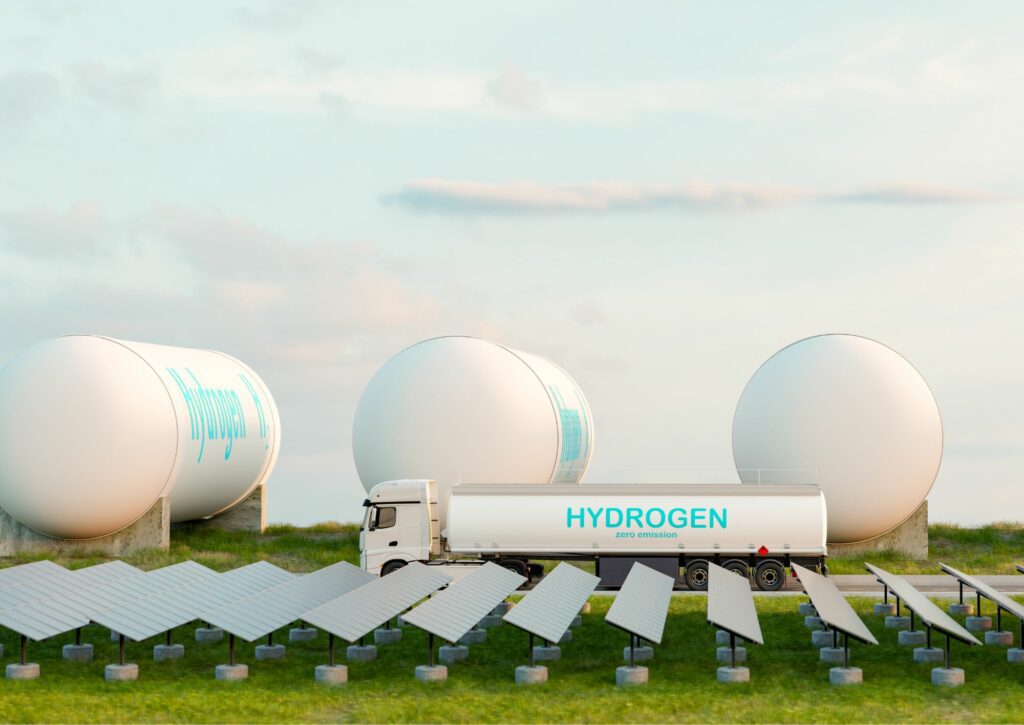
Green hydrogen: From electrolysis to the future of energy
Discover the secrets of water electrolysis and see how this process opens the door to a sustainable future of energy production. Dive into our knowledge base!
